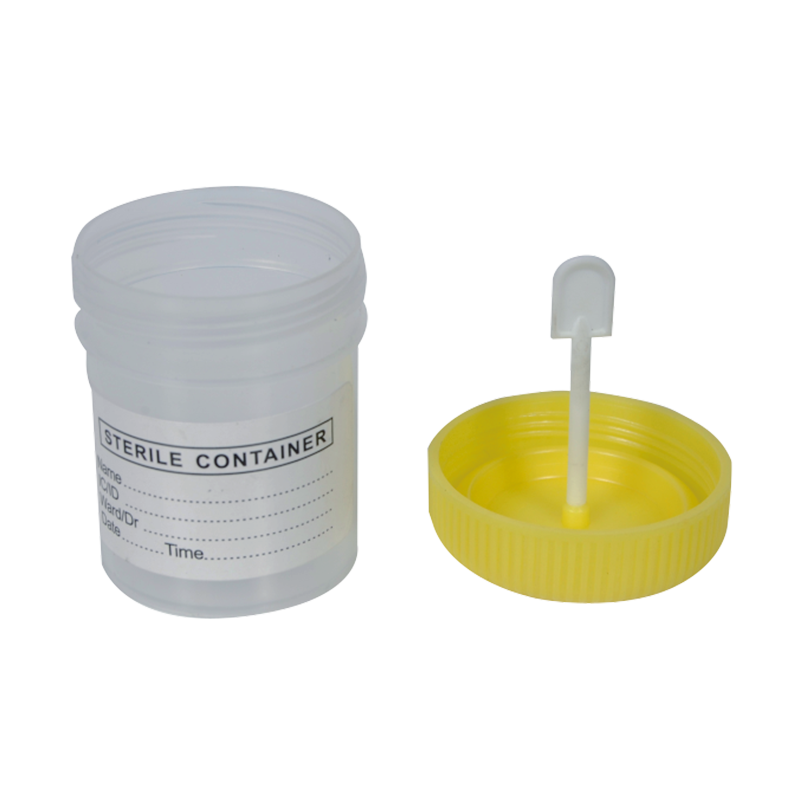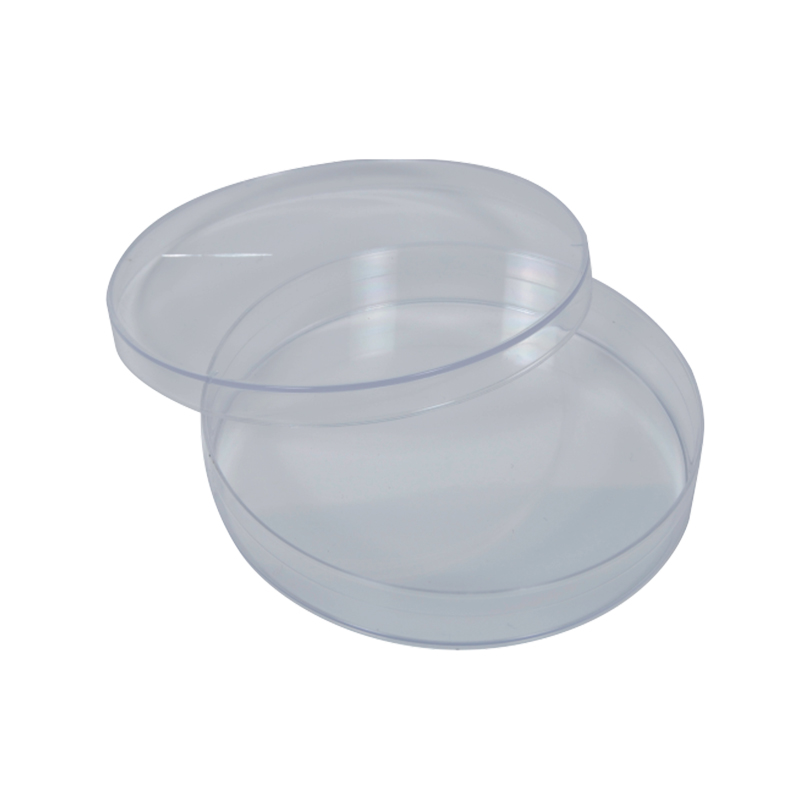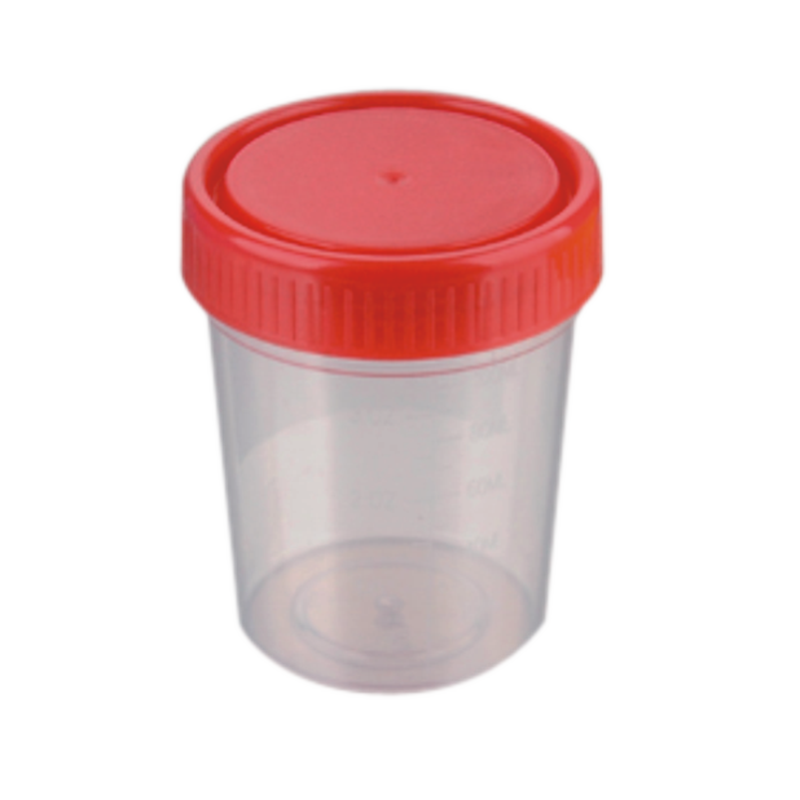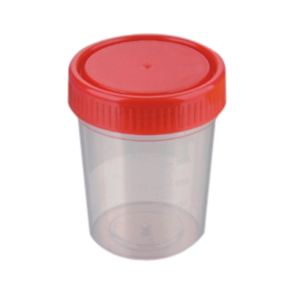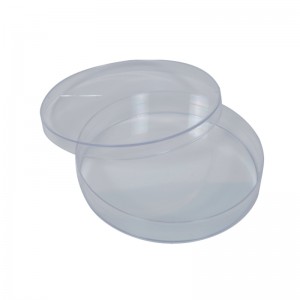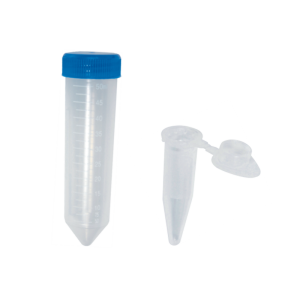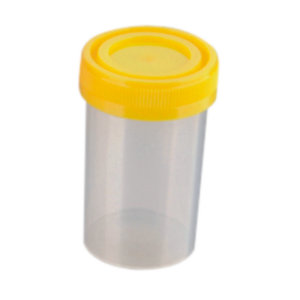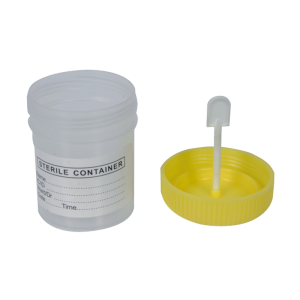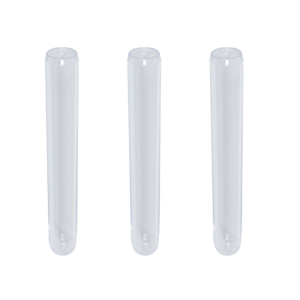A petri dish is a shallow, cylindrical, transparent, and typically sterile container used in laboratories for culturing microorganisms, such as bacteria, fungi, or other small organisms. It is named after its inventor, Julius Richard Petri.A petri dish is usually made of glass or clear plastic, and its lid is larger in diameter and slightly convex, allowing for easy stacking of multiple dishes. The lid prevents contamination while still allowing for sufficient airflow.Petri dishes are filled with a nutrient medium, such as agar, which provides a supportive environment for the growth of microorganisms. Nutrient agar, for example, contains a mixture of nutrients, including carbohydrates, proteins, and other essential elements required for microbial growth.Scientists use petri dishes for a variety of purposes, including:Culturing microorganisms: Petri dishes allow scientists to culture and grow various microorganisms, which can be observed individually or studied collectively.Isolating microorganisms: By streaking a sample onto a petri dish, individual colonies of microorganisms can be isolated and studied separately.Testing antibiotic susceptibility: With the use of antibiotic-impregnated discs, scientists can determine the effectiveness of antibiotics against specific microorganisms by observing the zones of inhibition surrounding the discs.Environmental monitoring: Petri dishes can be used to collect air or surface samples to determine the presence of microorganisms in a certain environment.Petri dishes are a fundamental tool in microbiology labs, aiding in research, diagnosis, and the study of microorganisms.
